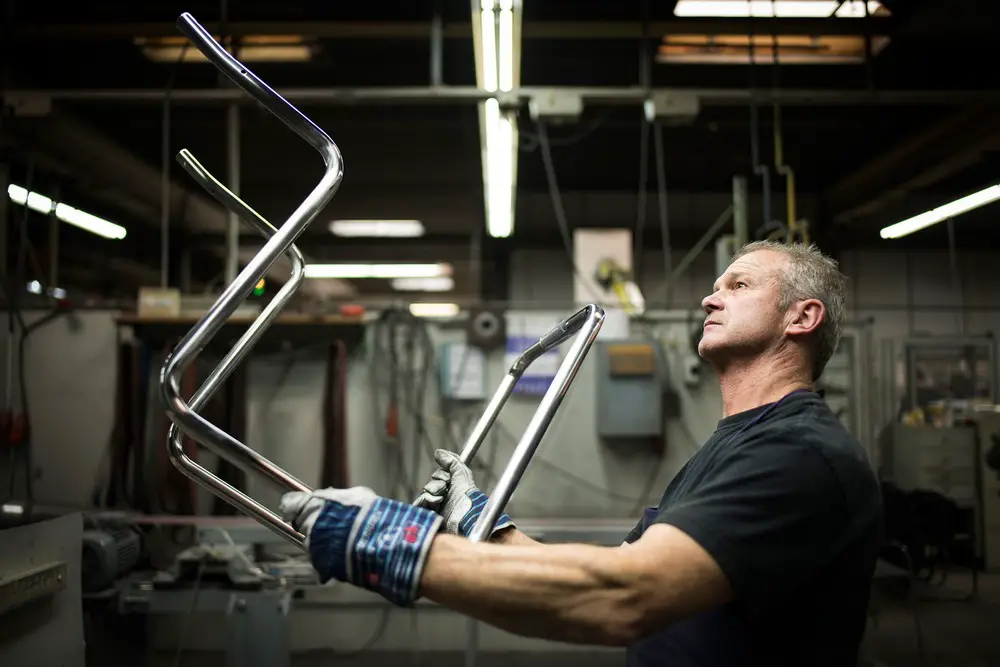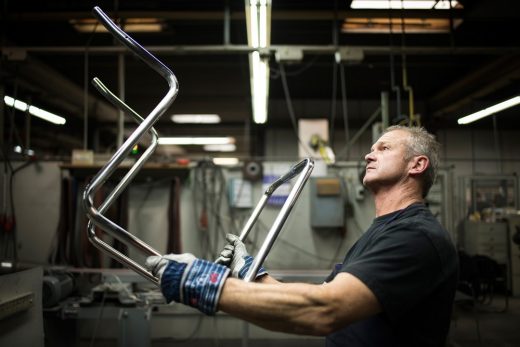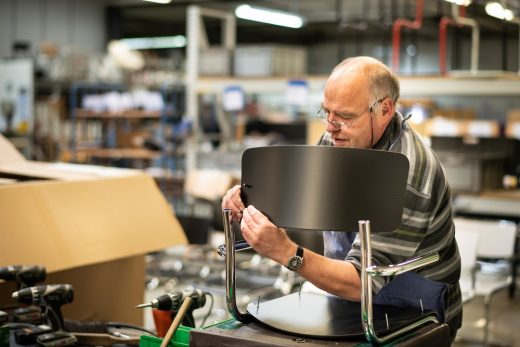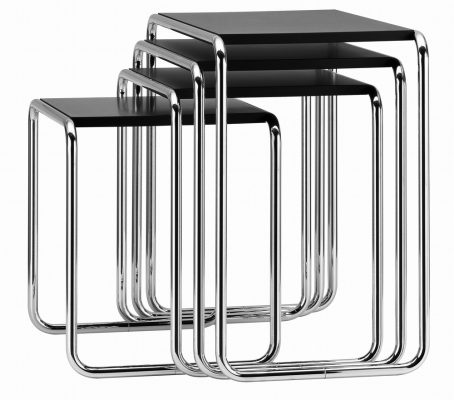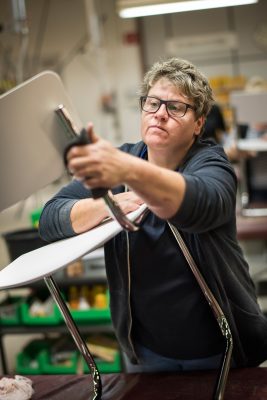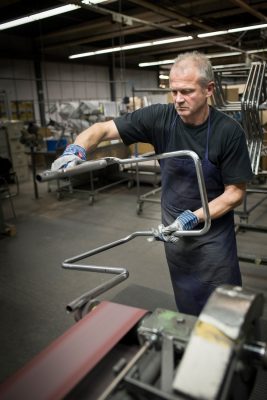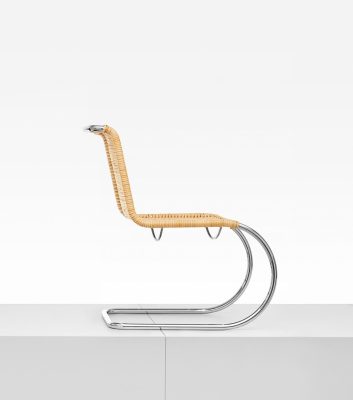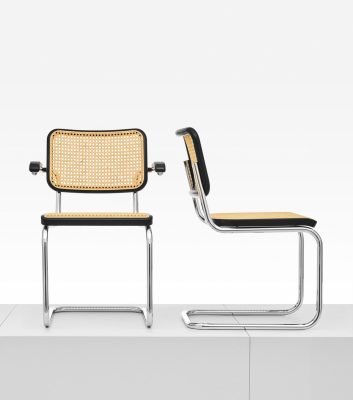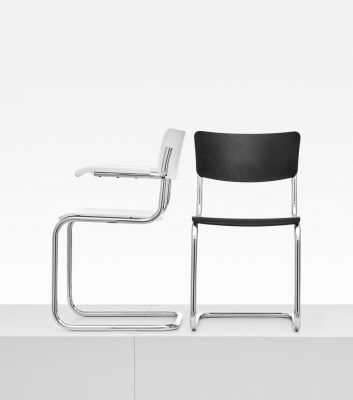Thonet and tubular steel, Furniture stool, sidetables and club chair pictures, As if drawn into the room
Thonet and tubular steel furniture
20 Dec 2022
Once the idea was there, it spread like wildfire. It was as if the world had just been waiting for Marcel Breuer to have his eureka moment. Inspired by bike handlebars, Breuer, a carpenter and head of the Bauhaus furniture workshop, joined forces with a locksmith from the test workshop at the Junkers aircraft plant in Dessau, Germany in 1925.
As if drawn into the room – Thonet and tubular steel
Together, they built a stool, sidetables and a prototype for a club chair out of tubular steel. In 1926, Dutch architect Mart Stam in turn captured the essence of the cantilever chair when he created a chair with no back legs using ten pieces of gas pipe. During the planning for the Weissenhof Estate in Stuttgart in 1927, Stam sketched his design for the lead architect, Ludwig Mies van der Rohe. Van Rohe immediately recognised the potential of Stam’s still-rigid chair concept and quickly developed it into an elegantly curved, flexible model – the first cantilever chair. All three men then presented their designs in 1927 in the housing estate’s model apartments.
And thus, the idea of tubular steel furniture was out there, unleashing a veritable design explosion. Throughout Central Europe – in Germany, France, Italy, the Netherlands, the Czech Republic – designers and architects immediately set to work creating tubular steel furniture. From Eileen Gray to Charlotte Perriand, to Le Corbusier, Gerrit Rietveld, Hans Luckhardt, Erich Mendelsohn and Alvar Aalto: many prominent figures of the time used bent tubular steel in their designs.
The way in which this innovation caught the design world’s attention in just a few months is still marvelled at today. Just how fast the idea of using tubular steel caught on is evidenced by the opinion by experts that in 1928 “all of the essential problems in design […] had already been solved.” And that was only a year after Weissenhof! By this time the basic shapes of tubular steel furniture upon which all later designs would ultimately be based had already been developed.
The furniture industry was naturally also eager to jump on this design bandwagon. Thonet acted quickly, signing a deal with Marcel Breuer in 1928. He had been advised to get in contact with Thonet because of the company’s experience with bending processes. In 1929, Thonet acquired Breuer’s furniture company, Standard Möbel, which he had founded in 1926; in 1930, Thonet established its own “Steel Department” at its Frankenberg production facilities.
The furniture manufacturing process had been industrialised based on the technology used for bentwood. This same process could also be used for this new material because it was just as suited to producing various types of furniture in large series using a division of labour. Added to that, tubular steel is light, stable and flexible – it was predestined for furniture manufacture. During the 1930s, Thonet’s success made it the largest manufacturer of tubular steel furniture in the world – a success story that was brought to a temporary halt by the Nazi dictatorship and World War II. Tubular steel slowly grew in popularity again at the end of the 1960s and Thonet produced some of the most influential designs of this era, such as Marcel Breuer’s best-selling S 32 chair or his S 35 lounge chair and Mies van der Rohe’s first cantilever chair, the S 533.
But what was it about the idea of tubular steel furniture that made it so appealing? After all, even in the 1920s the material itself was nothing new. Back in 1885, the Mannesmann brothers had patented seamless rolled tubular steel, and in the 1890s they used the “Mannesmann process” to produce cold-drawn tubes on an industrial scale. These tubes were then used to produce furniture for hospitals, sanatoriums and laboratories. They were also used in the production of car and aircraft seats. But, up until Breuer’s eureka moment in 1925, there had never been any furniture made of metal. It was considered too hard and too cold. But this was precisely what made tubular steel so exciting. It was new and completely different! Unlike wood, it didn’t have a long history attached, so the designers were free to interpret it as they saw fit. They recognised that this anonymous industrial material was the ideal symbol of the dawning of a new era.
The smooth, mass-produced tubular steel perfectly embodied the machine aesthetic so popular at the time – although the furniture was produced by hand in the beginning, one piece at a time in a very time-consuming process. Initially it was also coated, but plating the tubes with nickel and chrome quickly became more popular. The shiny, reflective surfaces were seen as chic and modern. The furniture became a status symbol among educated, well-off consumers, frequently from the cultural and artistic milieu. Having tubular steel furniture in their homes made them feel like they were part of the avant-garde movement. Originally, there were hopes that the new material would bring about democratisation, but these never really materialised. Good, old bentwood furniture was still cheaper to produce at the time.
Tubular steel furniture was particularly popular with architects from the Neues Bauen movement. Who would want to use old, familiar furniture to furnish a building created in an architectural style that prided itself on being new? A completely new concept had emerged in interior design: instead of focusing on individual rooms and furnishing them in their entirety, designers could adopt a more flexible approach based on the range of tubular steel pieces.
The furniture was lightweight and could be moved throughout the room to suit the occasion, making it a perfect fit for modern lifestyles. And, of course, the Bauhaus building and the Masters’ Houses in Dessau, Germany were furnished with bent steel in all shapes and functions. In addition to the model homes of the Weissenhof estate, these buildings were surely the most influential designs of their time.
The chairs, tables, lounge chairs and shelves made of tubular steel were the perfect partners for an architectural movement that aimed to overcome a heavy, enclosed style in favour of one that exuded lightness and transparency. The floor plans, with their continuum of merging spaces, seemed to flow seamlessly into the furniture’s open and sweeping tubular structures. Or, as Marcel Breuer put it: “Metal furniture is a part of a modern room because the furniture, even the walls of the room, are no longer bulky, monumental, (…) rather it is airy and open, as if it were drawn into the room; it obscures neither movement nor the view of the room.”
Nowadays, most would agree that tubular steel furniture has a place among the design classics. These are not dusty old museum pieces. Their lightness and airiness make them the perfect fit for the modern world. Whether at home, in the office or in public spaces: the concept developed more than a hundred years ago by three visionary designers and architects is still contemporary today.
Thonet – future-oriented furniture design with a long tradition
The unique success story of Thonet began with the work of master carpenter Michael Thonet. Ever since he established his first workshop in Boppard on the River Rhine in 1819, the name Thonet has stood for high-quality, innovative and elegant furniture. The breakthrough came with the iconic chair No. 14, today known the world over as the Vienna Coffee House Chair: the pioneering technique of bending solid beechwood enabled the mass production of chairs for the first time. The second milestone in design history was the tubular steel furniture by the famous Bauhaus architects Mart Stam, Ludwig Mies van der Rohe and Marcel Breuer in the 1930s. During those pioneering years, Thonet was the world’s largest producer of these tubular steel furniture designs, which are today considered timeless.
For the company today, the continuous process of innovation is the top priority, together with a focus on tradition and fine craftsmanship. Thonet’s furniture designs originate both from its collaborations with renowned national and international creatives and from the in-house Thonet Design Team. Chief Executive Officer Brian Boyd and Creative Director Norbert Ruf manage the company from the corporate head office and production site in Frankenberg/Eder (Germany). Michael Thonet’s fifth- and sixth-generation descendants are actively involved with the company’s business as partners and sales representatives.
As if drawn into the room – Thonet and tubular steel images / information received 201222
Thonet Designs
Design Architects: concrete
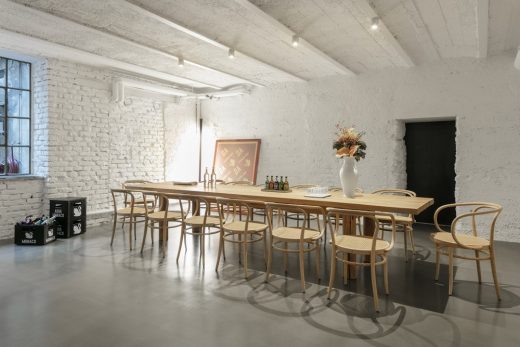
image courtesy of architects
Aqua Monaco in Munich, Thonet design classic
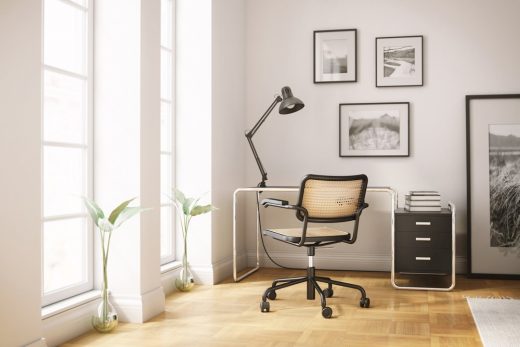
The ‘Atelier’ version of the famous S 64 chair, now with a pedestal and castors, and the classic Bauhaus era S 285 desk by Marcel Breuer for Thonet
WFH? Thonet offers some Lasting Comforts
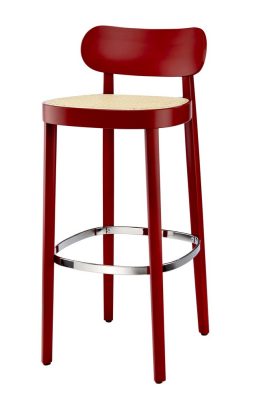
image courtesy of architects
Thonet: High Level Dining with Range 118
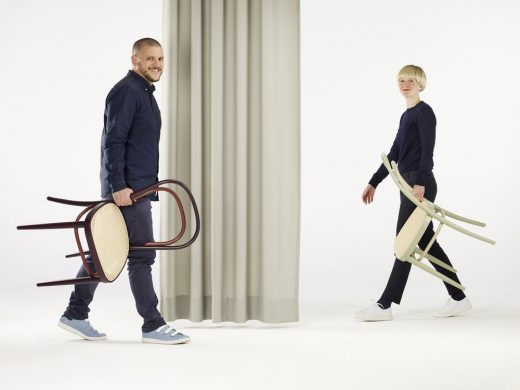
photo © Thonet Constantin Meyer, Koeln
200 years of Thonet: iconic 214 chair
, Leipzig Library, Germany

image courtesy of architects
Thonet tubular steel cantilever chairs
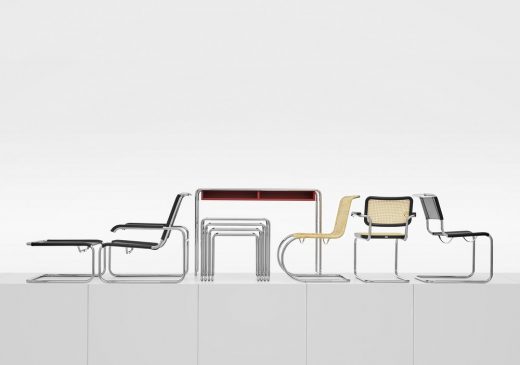
image courtesy of architects
Countdown to Bauhaus 100: Exciting plans from Thonet
Hotel Restaurant Interior in Scotland
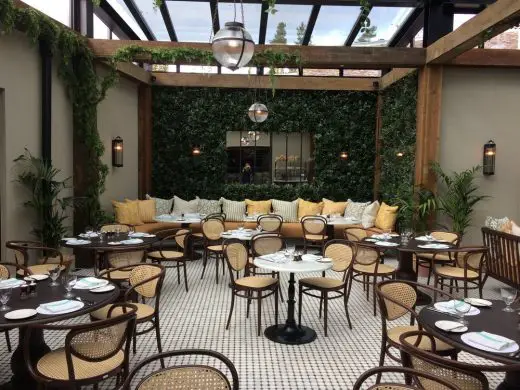
image courtesy of architects
Thonet chairs grace The Birnam Brasserie at Gleneagles
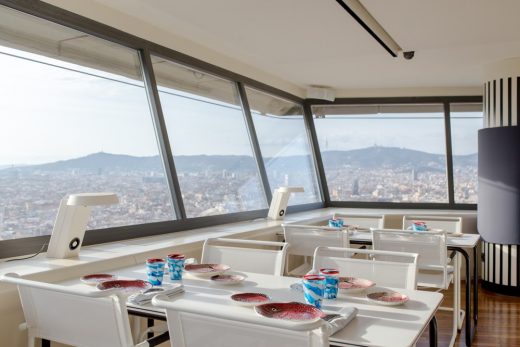
image courtesy of architects
Thonet All Seasons Chairs in Barcelona Restaurant
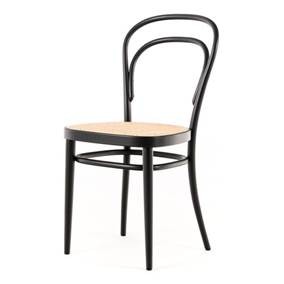
image courtesy of architects
Thonet at Design Museum, London
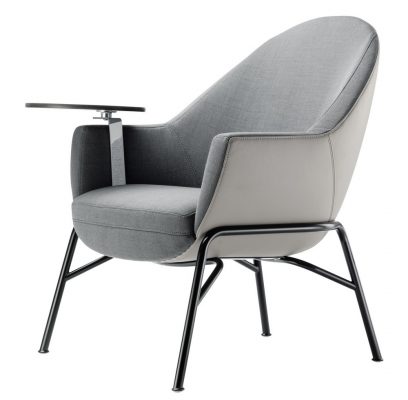
image courtesy of architects
Thonet at Orgatec: Furniture Expo Germany
Modern Architecture
Modern Architecture

photograph by Rohmer at en.wikipedia
Furniture Design
Furniture Architecture Designs – chronological list
Website : Furniture Design
Comments / photos for the As if drawn into the room – Thonet and tubular steel page welcome

